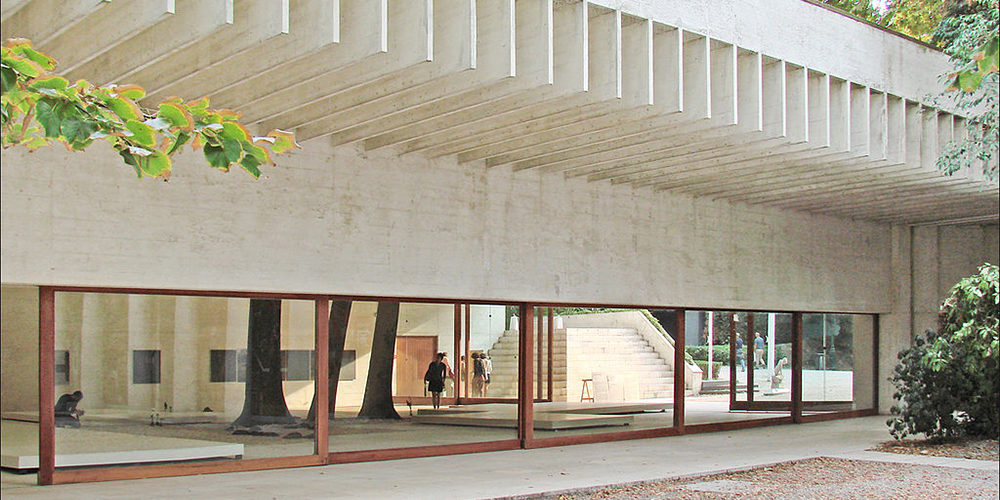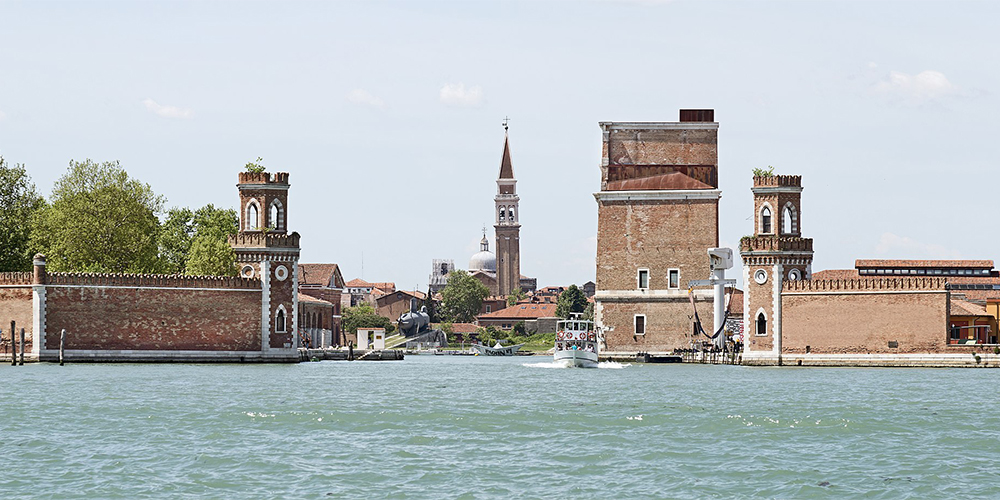From April 23 to November 27, the 59th edition of the Venice Biennale reopens. The international kermis from the obvious historicity and entirely dedicated to visual arts and contemporary artistic experimentation.
The exhibition sites as usual will be those of the Napoleonic gardens, where there is the historical presence of many national pavilions, and those of the Arsenal. The latter was the largest pre-industrial production center where several professionals manufactured the ships of the fleet of the ancient republic of Venice.
Thanks also to the exhibitions, Venice has recovered more and more spaces: the Teatro alle Tese and the Teatro Piccolo Arsenale, the Giardino delle Vergini, and even the Sale d'Armi.
A relationship between Venice and the novelties of the art world is renewed year after year and that allows the city to become the stage of unique languages and able to circumvent the distances between peoples, flattening the differences. Hurry to visit it!
The Milk of Dreams. The exhibition project of the 59th Venice Biennale

For this edition the major exhibition is entitled "The Milk of Dreams".
It takes its cue from the book of fairy tales by the British writer Leonora Carrington, which shows us a supernatural world in which life is reconstructed through imagination and in which it is possible to become "other than oneself".
The curator of this exhibition project is Cecilia Alemanni who has been proposing and creating exhibitions around the world for years.
Alemanni herself explains and tells us that Milk of Dreams is:"A free universe full of infinite possibilities, but it is also the allegory of a century that imposes intolerable pressure on identity, forcing Carrington to live as an exile, locked up in psychiatric hospitals, a perennial object of fascination and desire but also a figure of rare strength and mystery, always escaping the constraints of a fixed and consistent identity".
Venice Biennale. All the big news 2022

The Kermesse, as usual, will be full of novelties and highlights, and this edition will see some nations participating for the first time: we are talking about the African nations of Uganda, the Republic of Congo and Namibia, as well as the Asian nations of Nepal and the Sultanate of Oman. That will enrich the international presences and relationships among the over 200 artists presented for this edition.
There will also be Ukrainian Square, curated by Borys Filonenko, Lizaveta German and Maria Lanko, curators of the Ukrainian pavilion. It is a large installation by Ukrainian architect Dana Kosmina that will be set up at Spazio Esedra in the Giardini della Biennale.
The purpose of this project is to give space to the artistic community of the country to express solidarity and closeness with the population shortly after the devastating invasion by the Russian government.
The concept is to create a space that can be a place of debate, dialogue and support for culture and peace.
The Italian Pavilion. History of the Night and Fate of Comets

Here we are in the Italian Pavilion, which this year inaugurates a personal exhibition by the artist Gian Maria Tosatti entitled Storia della Notte e Destino delle Comete (History of the Night and Fate of Comets) curated by Eugenio Viola.
The pavilion is a real journey through time in a "contemporary and suspended" place. A small entrance leads into large rooms inhabited by large industrial structures, where you can hear the echo of Senza fine, a song by Gino Paoli, sung by Ornella Vanoni in 1961.
The visitor crosses the space in solitude and silence. The environmental installation thus dominates the visitor, who finds himself dominated by the "architecture of the work" and at the same time fascinated by everything it represents. An outstanding pavilion, all to be known and discovered. Coming to Venice to meet contemporary art is undoubtedly a great idea.










Lascia un commento